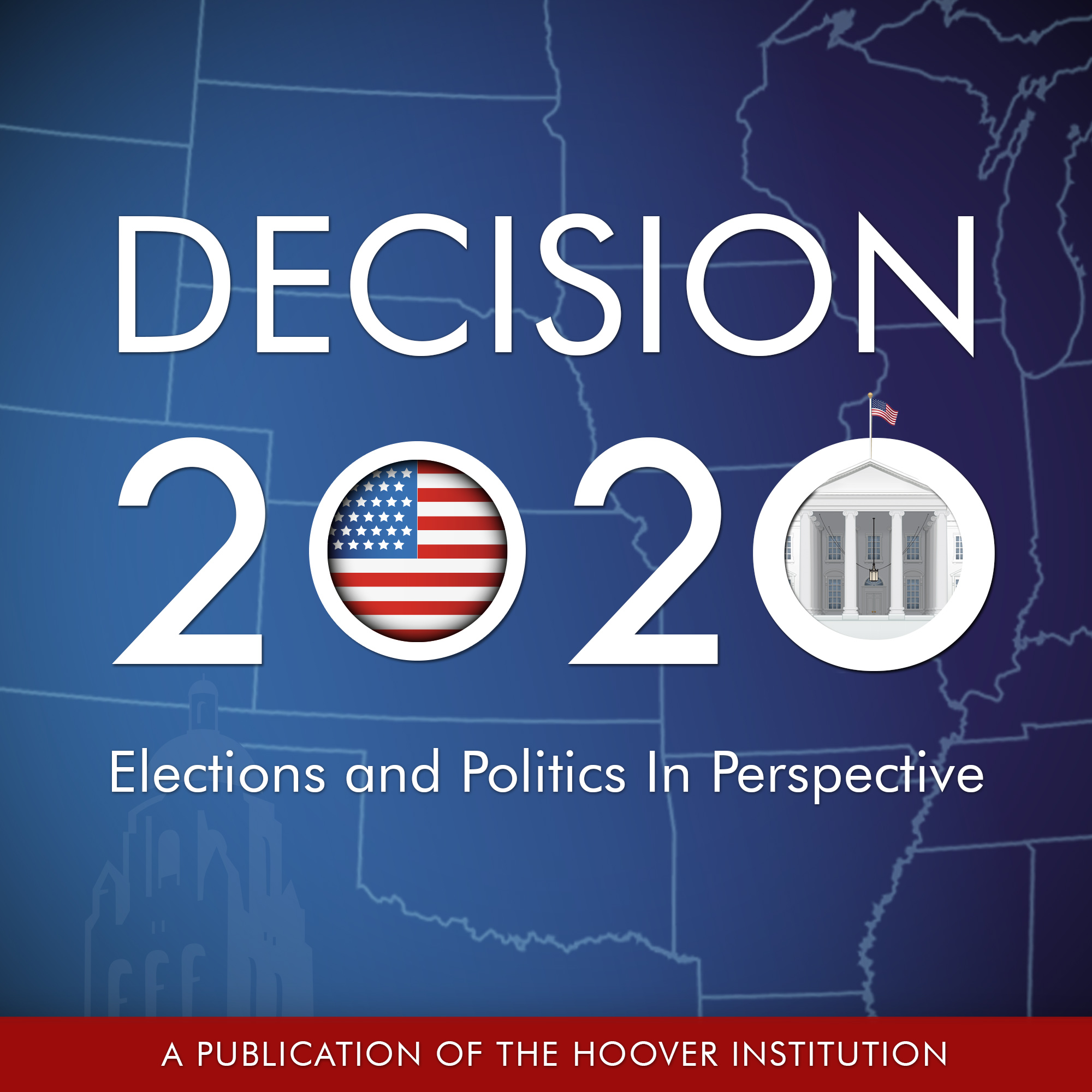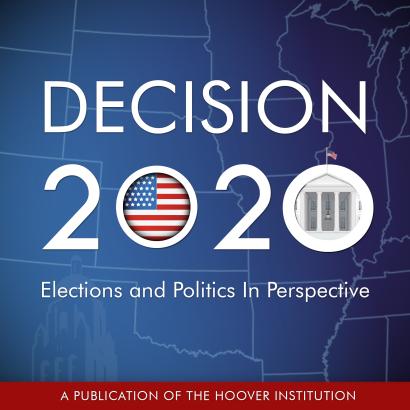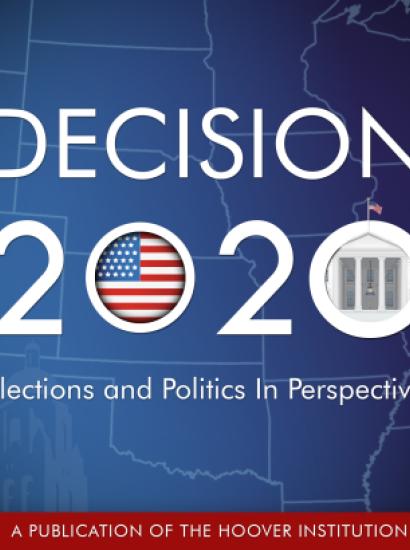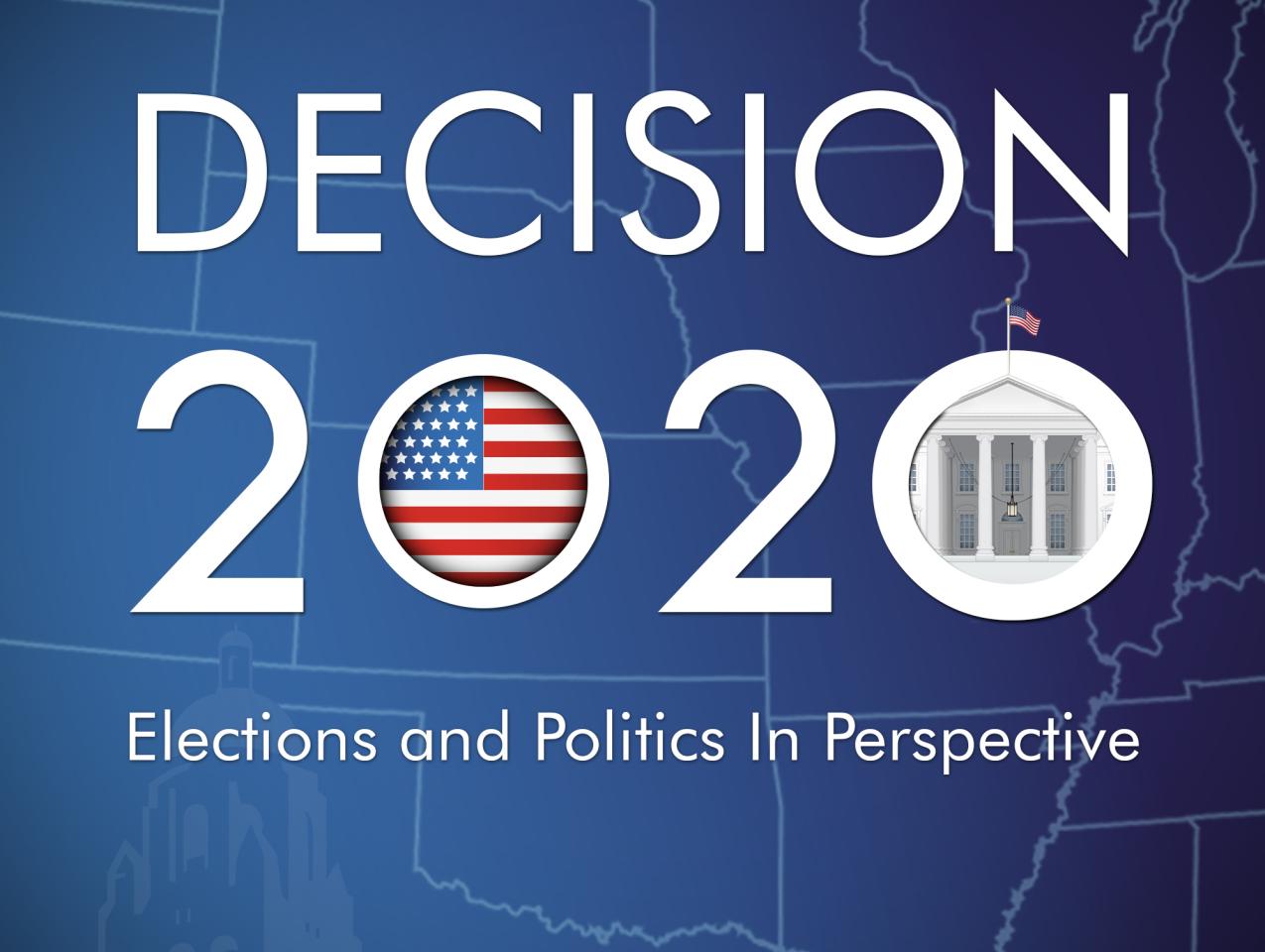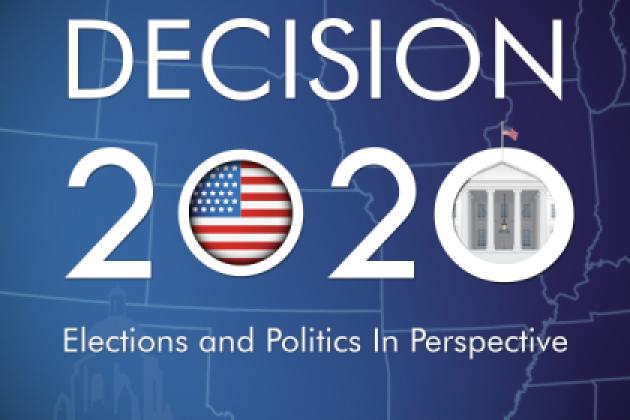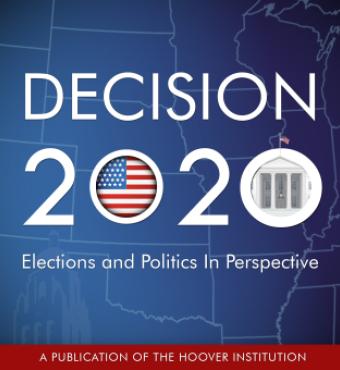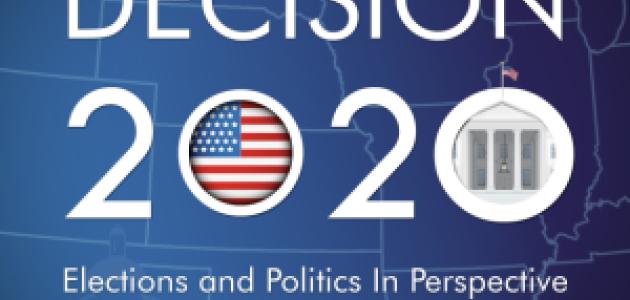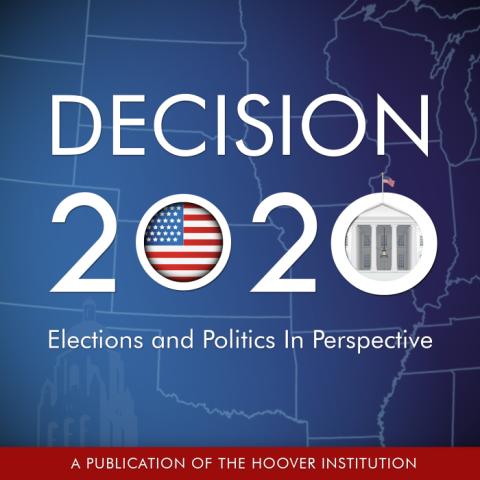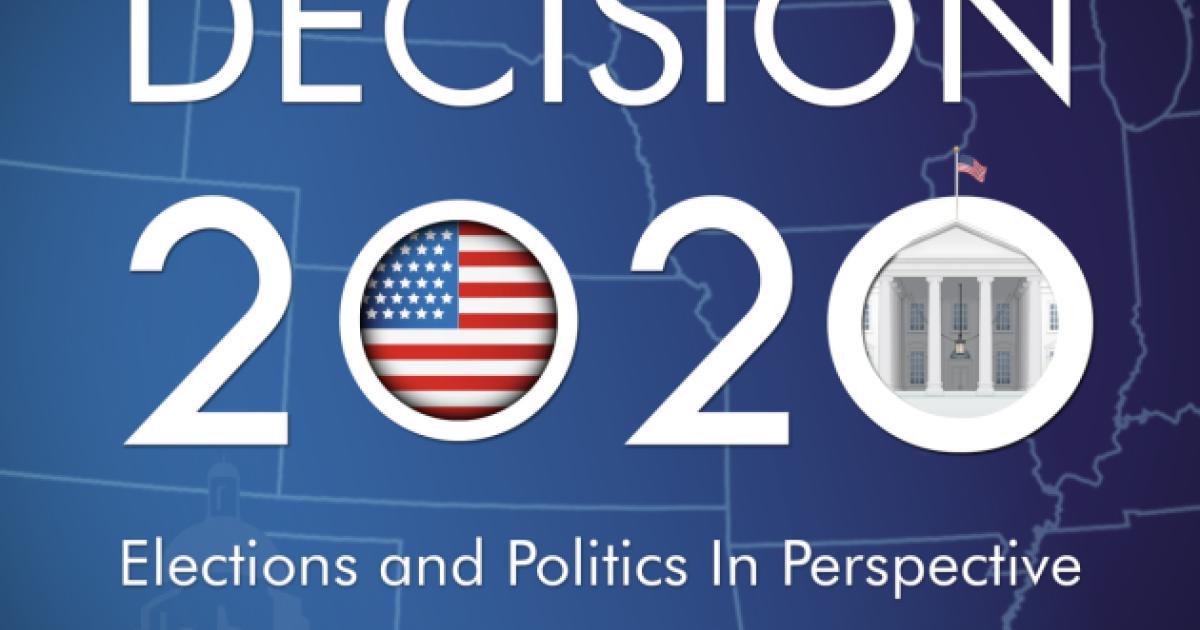The fifth edition of the Decision 2020 Report examines key fundamentals behind a thriving economy. Past and present Hoover fellows explain concepts including the “invisible hand” and the importance of unleashing private investment and human capital. In addition, they discuss deficit reduction, and entitlement, tax, and monetary reform.
The Principles behind a Strong Economy

In 2016, Thomas W. and Susan B. Ford Distinguished Fellow George P. Shultz led the publication of Blueprint for America, featuring fellows on the most important policy issues facing America.
In Chapter 1, Wohlford Family Senior Fellow Michael Boskin makes the case that government policies should be designed to support and not inhibit instruments of noninflationary economic growth.
“We must cut red tape, rein in deficits and debt, and enact tax policies conducive to capital formation and work,” argues Boskin.
Controlling Spending and Reforming Entitlements
In Blueprint, Boskin continues by targeting debts and deficits as a major vulnerability of the US economy.
Boskin argues that future growth depends on reforming entitlement programs, especially social security and health care.
In social security, Boskin favors replacing the wage index with a price index when calculating benefits.
While he acknowledges the challenges of health care reform, he says the best way to lower costs is to open the marketplace for empowered, value-seeking consumers.
The Science behind Tax Cuts and Growth
Writing with former National Economic Council chief Gary Cohn in a December 2019 op-ed for the Wall Street Journal, Distinguished Visiting Fellow Kevin Hassett, then chairman of the Council on Economic Advisers, argues that two years on, President Trump’s 2017 tax cuts resulted in significant gains for the US economy.
“Supply-side economists have long argued that the best way to help lower-income Americans is to create a system in which they have more disposable income by cutting tax rates and creating incentives for more capital investment in American businesses and workers,” write Hassett and Cohn.
They contend that the tax cut’s 10 percent reduction in plant and machinery costs resulted in extra capital for businesses, which in turn improved productivity and wages for workers. They also hold that lower individual marginal tax rates have encouraged Americans to re-engage the labor force.
Hassett and Cohn argue that this economic program ultimately established the conditions that resulted in the economy creating seven million jobs and pushing the unemployment rate below 4 percent.
Guiding Monetary Policy
Also writing in Blueprint, George P. Shultz Senior Fellow John B. Taylor makes the case that Congress should pass a nonbinding bill that provides guidelines for the Federal Reserve to use in conducting its monetary policy.
In this case, Taylor invokes his own principle, the “Taylor rule,” a formula stipulating the point at which the Fed should raise interest rates when inflation increases and lower rates when inflation decreases.
Taylor argues that deviating from a rules-based policy led to the inflation of the housing market and the ensuing financial crisis in 2008.
While Taylor supports the Fed’s independence to set its own strategy, he believes it should always explain why it might deviate from set guidelines.
Private Investment Paramount
Shultz, Taylor, and the late Jack R. Anderson Senior Fellow Gary Becker argue that a key driver of economic growth is increasing private investment as opposed to government purchases. As private investment is increased, unemployment is decreased.
The three Hoover economists contend that the data proves this inverse relationship. In 2006, private investment was proportional to 17 percent of GDP and the unemployment rate was 5 percent. In 2010, private investment dropped to 12 percent and the unemployment rate rose to over 9 percent.
“This is a regular pattern,” they explain.
Investing in Human Capital
In a 2017 Hoover Institution report, “On the Prospects of Higher Economic Growth,” Leonard and Shirley Ely Senior Fellow John Cogan, former chairman of the Council of Economic Advisers Glenn Hubbard, and Shepard Family Distinguished Visiting Fellow in Economics Kevin Warsh, along with Taylor, explain that labor-force participation is a central component of productivity in an economy.
The economists write that achieving a growth rate of 3 percent requires the labor force to increase by 1 percent per year. For this to happen, they argue, economic policies based on tax reforms and spending decreases would need to be implemented. As a result, more resources will become available for private investments, which enhance productivity.
“The rewards measured in terms of higher economic growth, more jobs, and improved living standards are huge,” they contend.
The Transcendence of the Invisible Hand
The latest episode of Friedman Fundamentals from Hoover’s PolicyEd program features words of wisdom from the late Senior Fellow Milton Friedman about the “invisible hand”—a concept developed by the 18th-century Scottish economist Adam Smith—and its importance in leading the economy.
Friedman believed that Smith’s genius was in identifying the public good that occurs when individuals are free to follow their self-interest and profit motive in the marketplace, thereby inevitably serving the interests of customers.
“In order for a butcher, baker, or a candlestick maker to make an income, he had to produce something somebody wanted to buy,” Friedman illustrated.
Watch more at PolicyEd.org.
More from Hoover Fellows
Read Blueprint for America, edited by George P. Shultz (2016, Hoover Institution Press)
Buy Choose Economic Freedom: Enduring Policy Lessons from the 1970s and 1980s, by George P. Shultz and John B. Taylor with Words of Wisdom by Milton Friedman. (2020, Hoover Institution Press). Publication Date: March 3, 2020.
Buy Milton Friedman on Freedom: Selections from the Collected Works of Milton Friedman, by Milton Friedman, edited by Robert Leeson and Charles G. Palm.







